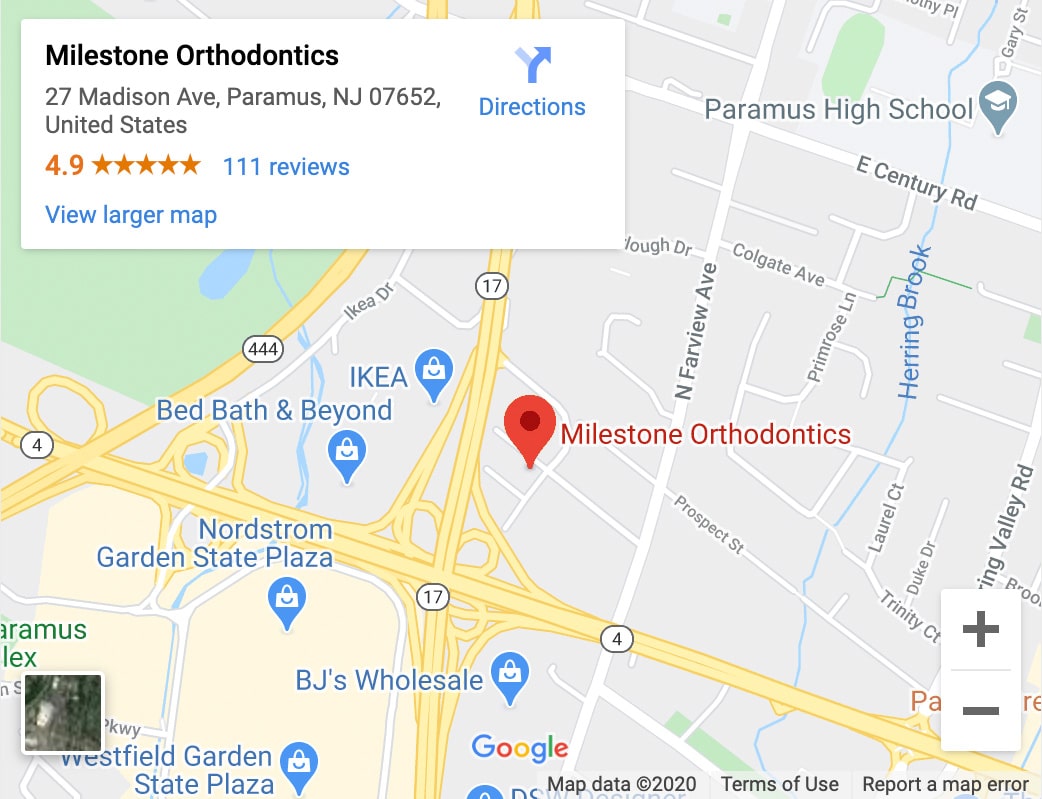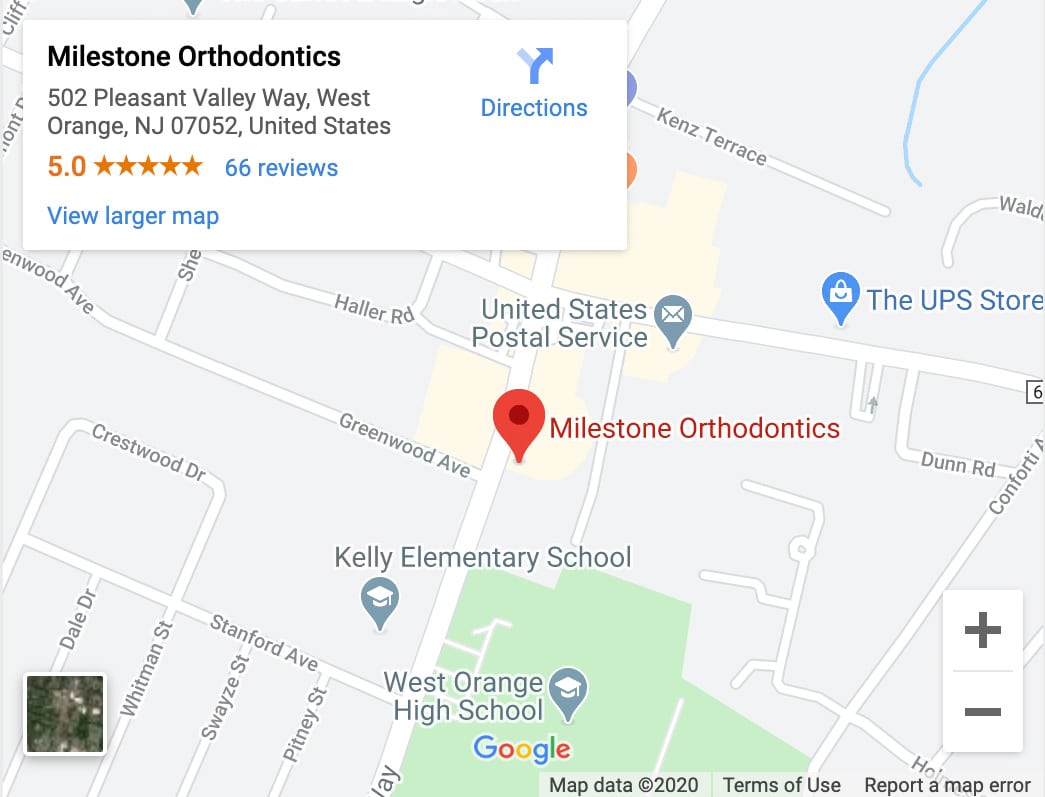Classification of the Bite
Bite patterns are separated into three distinct categories: Class I, Class II and Class III. Each bite pattern’s category is determined by the position of the first set of molars and how they bite together.
Class I
The bite patterns in this category are “normal”, meaning the upper and lower teeth and jaws create a balanced bite.
Class II
Bite patterns in the Class II category are described as having the first lower molar positioned further toward the back of the mouth than the first upper molar. This causes the upper teeth and jaws to protrude further than the lower teeth and jaws.
Class III
The bite patterns in this category are described as having the first lower molar positioned further toward the front of the mouth than the first upper molar. This causes the lower teeth and jaws to protrude further than the upper teeth and jaws, opposite of Class II bite patterns.
Crowding & Spacing of the Teeth
Crowding

Crowding occurs when teeth have insufficient room to erupt from the gum, if the teeth are too large for their allotted space, or if the teeth erupt incorrectly. Problems associated with crowding include:
- difficulty cleaning all tooth surfaces, leading to more dental decay
- an improper bite pattern
- incorrect functioning of the teeth
- an increased chance of developing periodontal disease
- an unattractive smile, leading to lower self-esteem
Treatment
Crowding can often be corrected by expansion. Many times, tooth removal can be avoided by first trying expansion. If more space is needed, some teeth may be extracted to create this room. In either case, braces will be used to straighten the teeth once the extra space has been created.
Spacing
Spacing problems are the exact opposite of crowding problems. Spacing may be caused by having excessive space allotted for each tooth, having missing teeth or having teeth that are too small to fit into their allotted spaces. Spacing issues can cause:
- an increased chance of developing periodontal disease, as the gums aren’t protected by teeth
- incorrect functioning of the teeth
- an unattractive smile, leading to lower self-esteem
Treatment
Spacing problems can often be corrected by orthodontic treatment: closing the gaps and properly aligning the teeth.
Impacted & Missing Teeth
Impacted Teeth
Any kind of tooth can become impacted, such as canine teeth, premolars and especially wisdom teeth. The wisdom teeth are the most common type of teeth that are prone to impaction.
Your third molars are more commonly called “wisdom teeth.” Usually appearing in the late teens or early twenties, third molars often lack the proper space in the jaw to erupt fully or even at all. This common condition is called impaction.When any tooth lacks the space to come through or simply develops in the wrong place of your jaw and becomes impacted, problems can arise, such as:
- damage to adjacent teeth
- crowding or spacing of teeth, leading to an improper bite pattern
- early wear of the teeth
- obstruction of the sinus cavity
Treatment
The impacted tooth can eventually erupt, and we can maneuver it into its proper position. This usually involves minor surgery and will be performed by an oral surgeon.
In certain cases, wisdom teeth that cannot erupt become inflamed under the gums and in the jawbone, causing sacs to develop around the roots of the teeth. These sacs then fill with liquid, and this can cause cysts or abscesses if the sacs become infected. If either of these situations goes untreated, serious damage to the underlying bone and surrounding teeth and tissues can result. To potentially stave off this result, an extraction of one, several or all of the wisdom teeth may be advised.
Missing Teeth

- crowding or spacing of teeth, leading to an improper bite pattern
- incorrect functioning of the teeth
- early wear of the teeth
- an unattractive smile, leading to lower self-esteem
Treatment
We can bring back the smile on your face with many different orthodontic treatment options! If you have spacing issues, we can close the gaps in your teeth with braces. If you’d like an artificial tooth replacement, we can widen a specific space using braces in order to accommodate the new tooth. You may also choose to have a bridge or dental implant to fill in a space in your teeth. With improved technology and updated materials, we can give you a natural-looking, confident smile!












